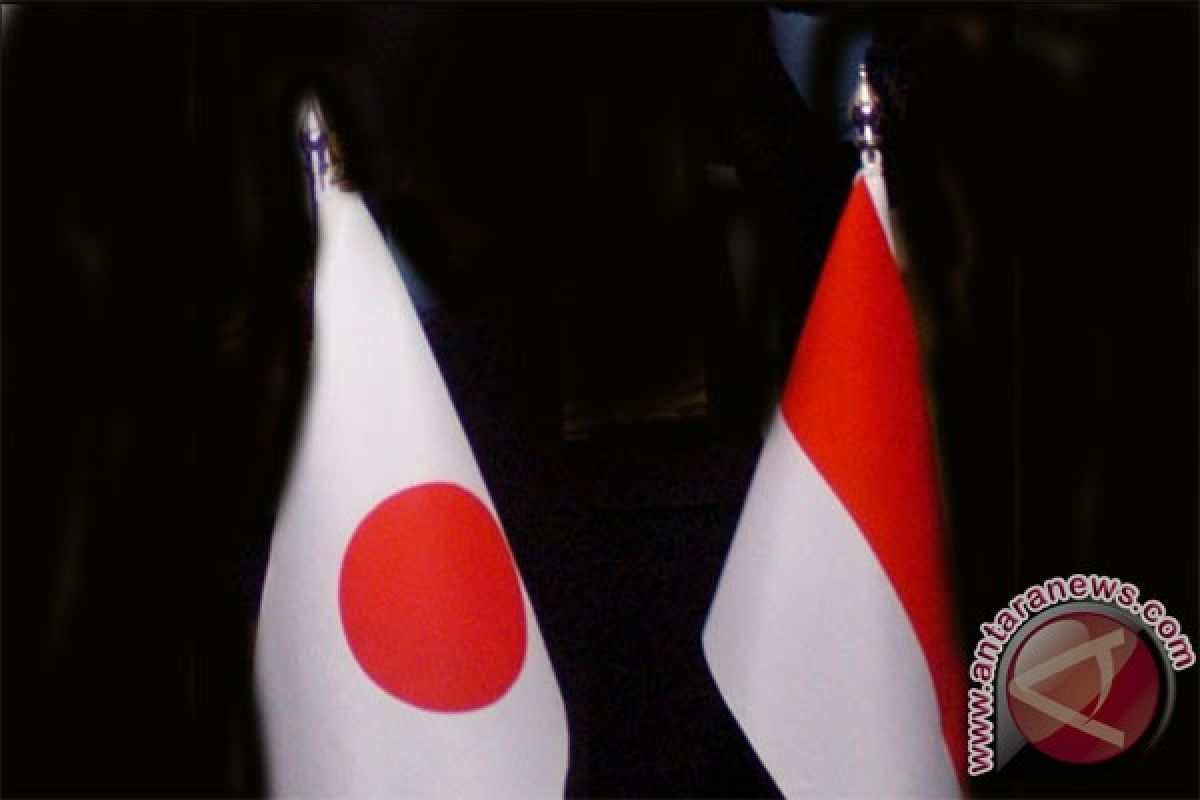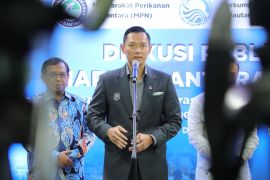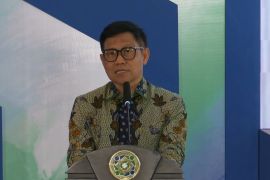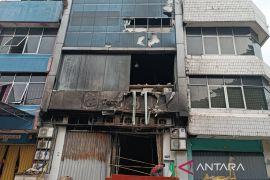"Japanese people really value commitments, from planning the cooperation to implementing all the plans. Everything is very detailed. They also value personal relationships and maintain trust and credibility," Hadimuljono noted in a statement received by ANTARA here, Friday.
Hadimuljono delivered the statement at a seminar themed "Improving the Quality of Indonesian-Japanese Relations that are Superior and Competitive" at the University of Indonesia, Depok, West Java, on Thursday (Nov 22).
According to Hadimuljono, cooperation between Indonesia and Japan, especially with the Ministry of Public Works and People Housing, is getting stronger and wider in other sectors.
The minister explained that initially, Indonesia`s cooperation with Japan, which began in 1968, was more focused on infrastructure development pertaining to water resources in four main fields: development and management of water resources, flood risk reduction, lava flow-disaster risk reduction, and coastal conservation.
"The cooperation was initiated with the development of the Brantas River Basin by constructing the irrigation system of Sutami Dam (1968-1973) under the guidance of Japanese experts. This cooperation produced several Indonesian dam experts at that time," Minister Hadimuljono noted.
The development projects also contributed to the establishment of the Jasa Tirta 1 Public Company, as the Brantas Watershed management body, the establishment of PT. Brantas Abipraya and PT. Indra Karya, as the state-owned enterprises engaged in the construction and consultancy services for water resources.
During the development project of the Brantas watershed, several other dams were also built, such as Selorejo (1963-1972), Wlingi (1972-1979), Lahor (1972-1977), Wlingi-Wlingi (1972-1979), Bening (1977-1984) , Lodoyo (1978-1983), Lengkong (1971-1973), and Wonorejo (1993-2002).
The cooperation for construction of dams was continued by building the Wonogiri Dam (1976-1983) located in the Bengawan Solo watershed, Bili-Bili Dam (1992-2006) in the Jeneberang watershed, and Batutegi Dam (1992-2007) in Way Sekampung watershed.
In an effort to reduce flood risk, the cooperation between Indonesia and Japan was implemented through river rehabilitation projects in 1971, such as in the Ular River in Medan, North Sumatra (1971-2012), Krueng River in Banda Aceh (1972-2007), Kuranji River in Padang, West Sumatra (1982-2016), Ciliwung and Cisadane Rivers in the Jakarta-Bogor-Depok-Tangerang-Bekasi areas (1994-2014), Citarum River in Bandung, West Java (1987-2019), Bolango River in Gorontalo (2011-2018), and Tondano River in Manado, North Sulawesi (2011-2018).
In controlling floods, the two countries collaborated in the development of the Sabo Dam and training for Indonesian engineers to become Sabo experts.
Sabo, derived from Japanese, is a dam to restrain lava floods.
"Currently, Indonesia has the second best in Sabo Dam technology in the world after Japan. Until now, 646 Sabo Dams have been built in Indonesia, including 250 on the slopes of Mount Merapi, and 92 on the slopes of Mount Agung," Minister Basuki noted.
Through the collaboration with Japan, Indonesia has several Sabo experts. Indonesia established the Sabo Technical Center in Yogyakarta as a center for research and development to train Sabo experts in the Asia-Pacific region.
Another form of bilateral cooperation between Indonesia and Japan is coastal conservation development in the Bali Coast area during the 1988-2012 period. The project is continued with the second stage under the Bali Beach Conservation Project.
Reporting by Muhammad Razi Rahman
Editing by Libertina, Bustanuddin
Reporter: antara
Editor: Heru Purwanto
Copyright © ANTARA 2018












